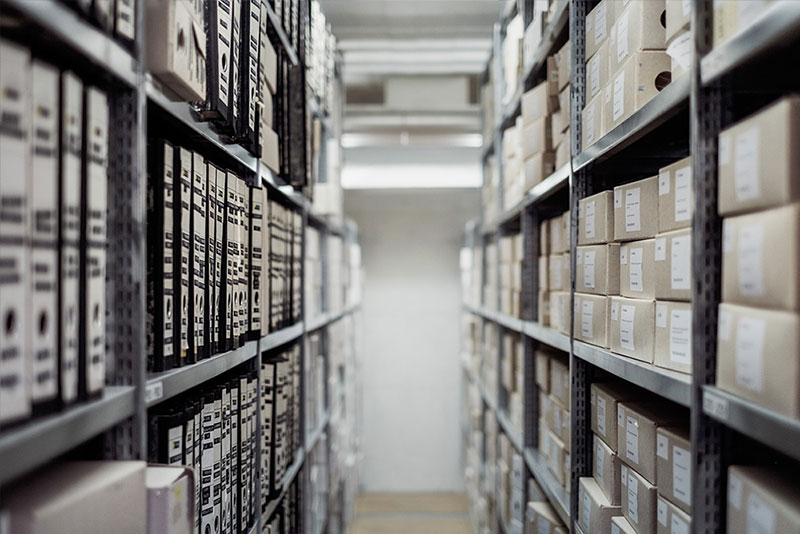In today's dynamic business environment, efficient management of reverse logistics management has become increasingly crucial for companies aiming to enhance sustainability and profitability. Reverse logistics management refers to the process of efficiently handling product returns, refurbishment, recycling, and disposal. This article delves into key strategies and best practices to optimize reverse logistics management processes.

Reverse logistics management plays a pivotal role in reducing waste, minimizing environmental impact, and maximizing the recovery of assets. By implementing effective strategies, businesses can turn challenges associated with returns and end-of-life products into opportunities for cost savings and improved customer satisfaction.

One essential strategy in reverse logistics management is the implementation of a robust returns policy. Clear and customer-friendly return policies not only streamline the return process but also enhance customer trust and satisfaction. This transparency encourages repeat business and fosters positive brand reputation.

Technology also plays a crucial role in enhancing reverse logistics management capabilities. Utilizing advanced analytics and software solutions allows businesses to track returned products, identify trends, and optimize inventory management. Such tools provide valuable insights that enable proactive decision-making and operational efficiency.
Collaboration across the supply chain is another critical factor in effective reverse logistics management. Building strong partnerships with suppliers, distributors, and logistics providers facilitates seamless reverse flow of goods. This collaborative approach ensures timely processing of returns and reduces the overall cost of reverse logistics operations.
Moreover, sustainable practices are increasingly becoming a focal point in reverse logistics management. Companies are adopting eco-friendly packaging materials, implementing energy-efficient transportation methods, and exploring recycling initiatives to minimize environmental impact. These initiatives not only align with corporate social responsibility goals but also resonate positively with environmentally-conscious consumers.
Continuous improvement and innovation are fundamental to successful reverse logistics management. Regular evaluation of processes, benchmarking against industry standards, and incorporating customer feedback are essential for staying competitive in today's market. By fostering a culture of innovation, businesses can adapt to evolving consumer expectations and market trends.